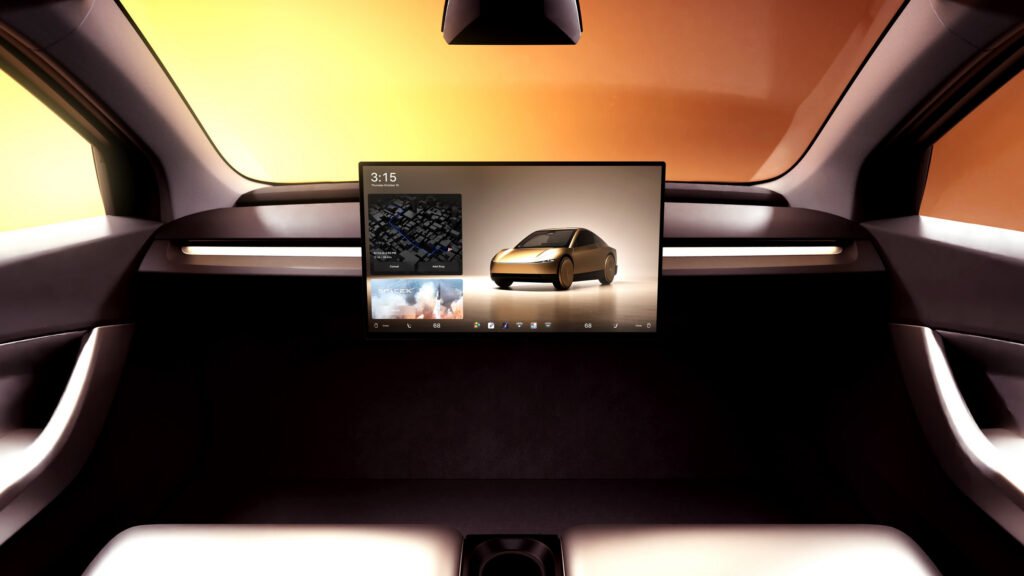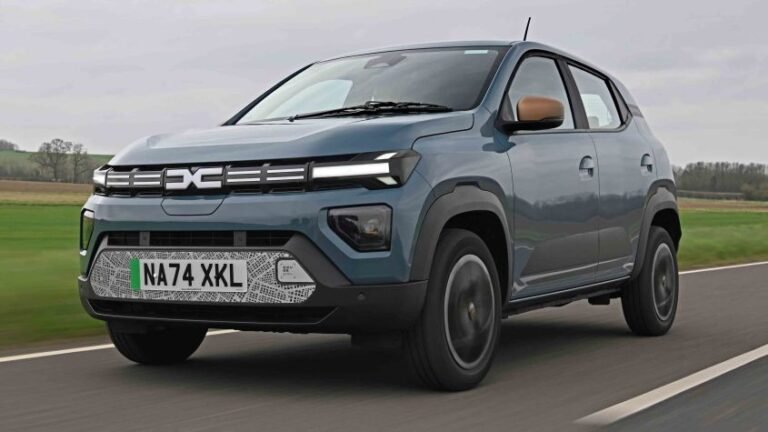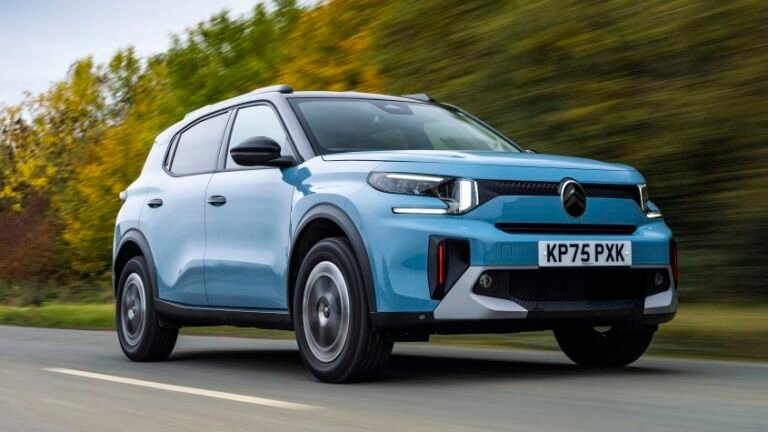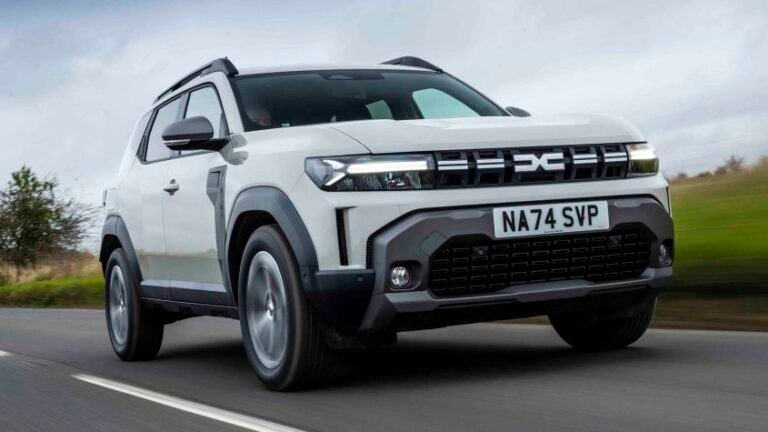

- US laws cap driverless production at 2,500 units per year.
- Tesla may add steering wheels and pedals to meet rules.
- Brand’s board chair says the automaker will follow regulations.
Unlike every other Tesla, the Cybercab was envisioned without a steering wheel or pedals, created from the start as a vehicle meant to drive itself. Elon Musk said the company plans to build millions of these two-seat EVs, each priced under $30,000, hoping to turn self-driving technology from a futuristic experiment into something people could actually buy.
Read: Tesla Cybercab Is A $30,000 Robotaxi Without A Steering Wheel Or Pedals
Or at least, that was the idea. Tesla has now admitted it may have to fit the Cybercab with conventional controls if it wants to reach the production numbers Musk has promised.
When Autonomy Meets Reality
According to Tesla board chair Robyn Denholm, the company views the Cybercab as the long-awaited affordable model that investors have been pressing for, often referred to by the press as the Model 2.
Yet the minimalist two-seat layout limits its practicality, and Tesla’s initial pledge to sell it without traditional controls makes the task harder. The brand’s self-driving software remains well short of true Level 4 or Level 5 autonomy, so customers may be wary of a car that expects to handle everything on its own.
While speaking with Bloomberg, Denholm made clear that Tesla is flexible. “If we have to have a steering wheel, it can have a steering wheel and pedals,” she said, a comment that marks a shift from the original vision.
Regulation Hurdles
Regulations currently stand in the way of Tesla introducing a large number of Cybercabs onto US roads. In fact, the National Highway Traffic Safety Administration (NHTSA) only allows manufacturers to deploy up to 2,500 autonomous vehicles per year without traditional controls.

Musk, who has poured significant sums into political campaigns, including major donations to Donald Trump, appears to have hoped that influence might soften the rules. So far, regulators haven’t moved.
His frustration surfaced recently when he referred to US Transportation Secretary Sean Duffy as “Sean Dummy” after the agency reopened a SpaceX contract connected to NASA’s moon mission.
Denholm has put on a brave face, noting that Tesla is willing to change its plans if that’s what regulations require.
“The original Model Y was not going to have a steering wheel, or pedals,” she said. “If we can’t sell something because it needs something, then we’ll work with regulators to work out what we need to do.”



